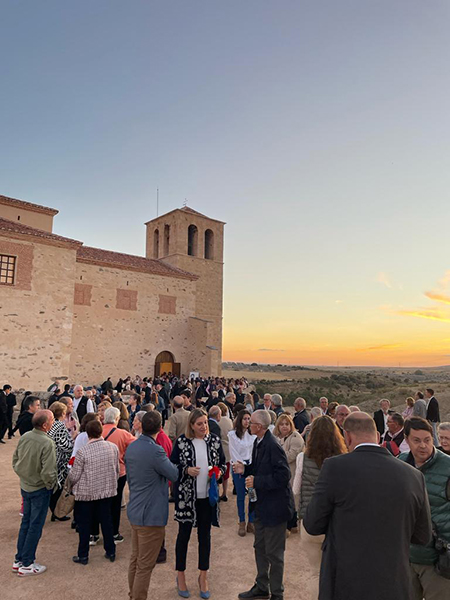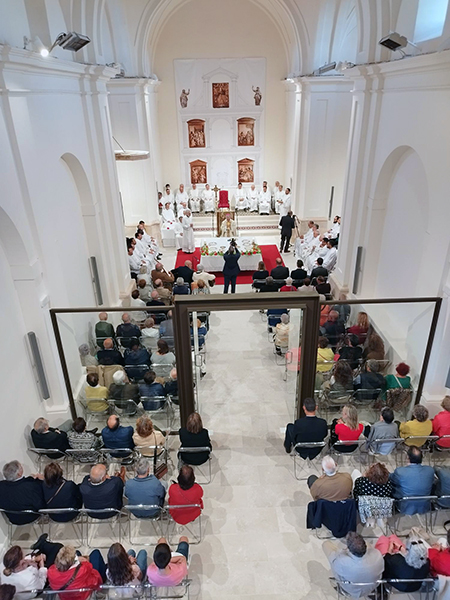“WHEN THE STONES SPEAK AGAIN”
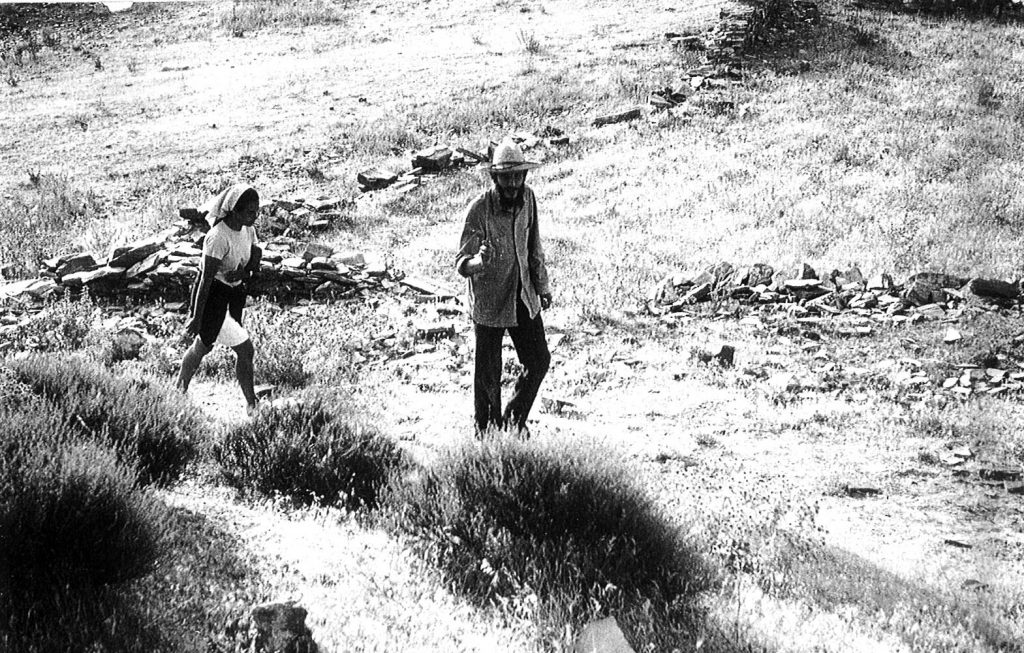
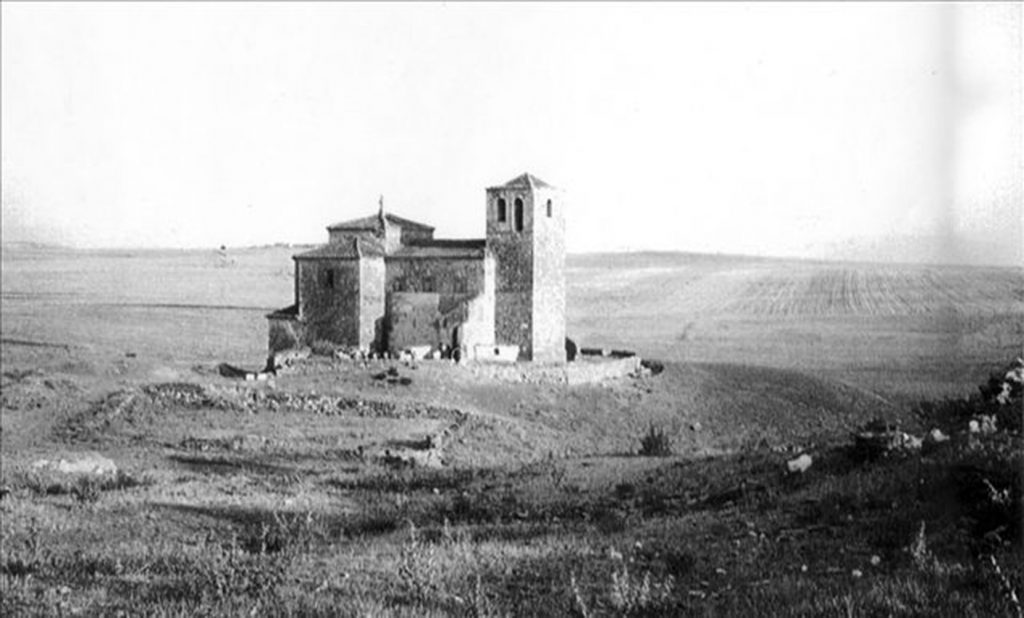
Last October 12 (2022), feast of the Virgin of the Plilar – a day which Spain solemnly commemorates as the apparition, in the year 40 AD on a marble pillar on the banks of the Ebro River, of the Virgin Mother of God to the apostle James and his companions to encourage them to continue in the evangelization -, in Fuentes de Carbonero el Mayor, a small village near Segovia, uninhabited since 1960, a celebration with a truly extraordinary significance took place.
The Eucharist was presided over by the Bishop of Segovia, H.E. Mons. César Franco, accompanied by more than thirty presbyters and in the presence of about 500 people who filled the interior of the church and the surrounding area. Also present were the president of the Provincial Council of Segovia, Miguel Angel de Vicente, the mayoress of Carbonero el Mayor, Maria Angeles Garcia, along with other authorities and representatives of the Neocatechumenal Way of northwest Spain and many brothers and sisters from different Neocatechumenal communities in the area. The participation of many inhabitants of Carbonero, or the children of the original families of Fuentes before the houses of this small village were abandoned and fell into ruins, was moving.
The area, apart from the small church now completely restored thanks to the effort and work carried out by the Way, is surrounded by countryside. In the distance are visible the destroyed walls of some old rural houses, a small fountain at the bottom of a slope, and a farmhouse just across the moat.
What is so special about this place? Why has a church been rebuilt in a place abandoned by men, and one would also think that it was left by the hand of God?
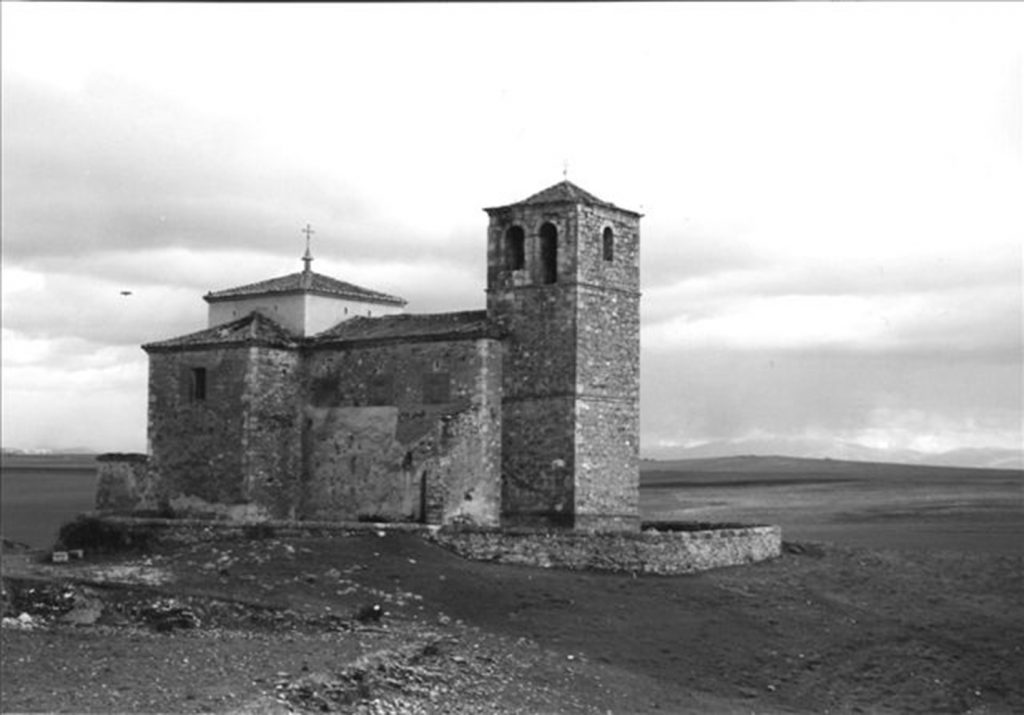
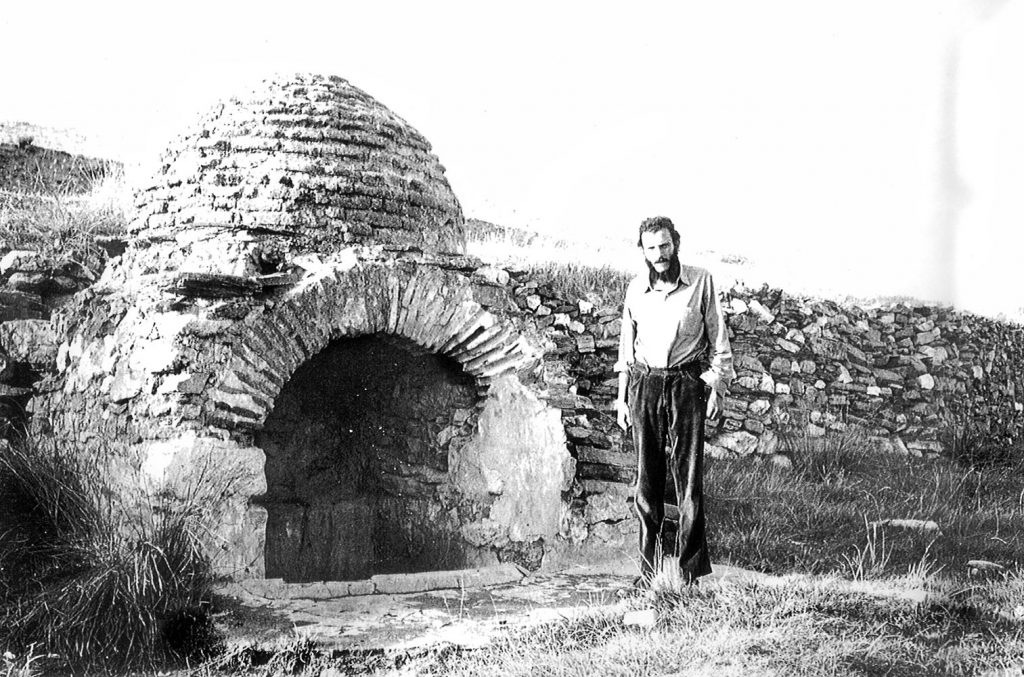
Antonio Riquelme, priest of the Camino team responsible for this area, who read a message sent by Kiko Argüello, initiator with Carmen Hernández of the Neocatechumenal Way, who could not be present at the event, but whose history is linked to this place and which is the reason for the recovery of this building.
Kiko speaks:
I bless God who has allowed the reconstruction of this small church, which was so important to me. I thank the Bishop for his presence and all those who have made possible the rehabilitation of this church.
The Neocatechumenal Way is a Christian Initiation officially approved by the Holy See in 2008. The Lord made use of Carmen and me for this renewal of the Church born in the wake of Vatican II. It began in 1964 among the inhabitants of the shantytowns of Palomeras Altas in Madrid, when the poor with whom we lived asked us to announce the Gospel of Jesus Christ to them. A great joy for the whole Way and for the Church will be the opening of the Cause of Beatification of Carmen Hernandez on December 4.
God wanted me to find the church of Fuentes de Carbonero abandoned in 1965, when I was looking for a place of retreat and prayer. While I was walking through the Castilian plateau on a cloudy day, a ray of light illuminated the mica stones that abound in the area and suddenly everything was illuminated and I was very impressed: the church in the middle of that steppe was a true apparition. It was open and empty; it still had the altarpiece and some images; the sacristy with a wooden platform served as a place for me to sleep. I lived there for fifteen days, praying, alone and with great fruits. Seeing that it was a wonderful place, I retired there other times, living in solitude, fasting and praying and sleeping with my sleeping bag in the sacristy.
Since there was a river nearby, I decided to take the brothers of the shantytown with me for a few days in summer so that they could also have a vacation. We had a week of rest, communion and love. I was impressed that while all the houses in the village were destroyed, the only thing left standing in that abandoned village was the church, and a church full of poor people. I told the brothers from the shantytown to gather straw. They went to the field and each family prepared a bed with straw and blankets. It was exciting, like making a movie. Outside, all the houses were in ruins; inside, the church was full of poor people.


The last day we had a mass and all the people who lived in Carbonero came. Some say that when they heard the sound of the bells, they cried with emotion, because it had been so many years since they had heard them ring. We celebrated a mass and they came to mass with us. They were excited; they had heard the bells of their village again. The church was full. We had decorated it with flowers and prepared it very well; it was beautiful.
In the course of time, this Kerygma proclaimed to the poor became a catechetical synthesis based on the tripod “Word of God – Liturgy – Community” and whose purpose is to lead people to fraternal communion and an adult faith.
This new itinerary of Christian initiation aroused the interest of the then Archbishop of Madrid, Monsignor Casimiro Morcillo, who encouraged us to take it to the parishes; thus it spread in Madrid and in other Spanish dioceses. In 1968 the Way began in Rome and from that date on, it has spread to dioceses all over the world.
Here we celebrated the Easter Vigil with the brothers of the shantytown and those of the first community of Madrid. We had no light; we illuminated ourselves with an old candle that we found. At dawn we ate a lamb that we had ordered in Carbonero.
Today, after 57 years, the bells of Fuentes de Carbonero are ringing again; how can we not bless the Lord, how can we not thank the Virgin Mary who inspired the Neocatechumenal Way and who on the feast of Our Lady of the Pillar grants us to reopen it? Precisely today we commemorate the discovery of America in 1492. Our Lady of the Pillar: patroness of Latin America, star of the evangelization of the new continent. It was from here that the first itinerants of the Way set out to evangelize America, which is full of communities today.
Pray for me.

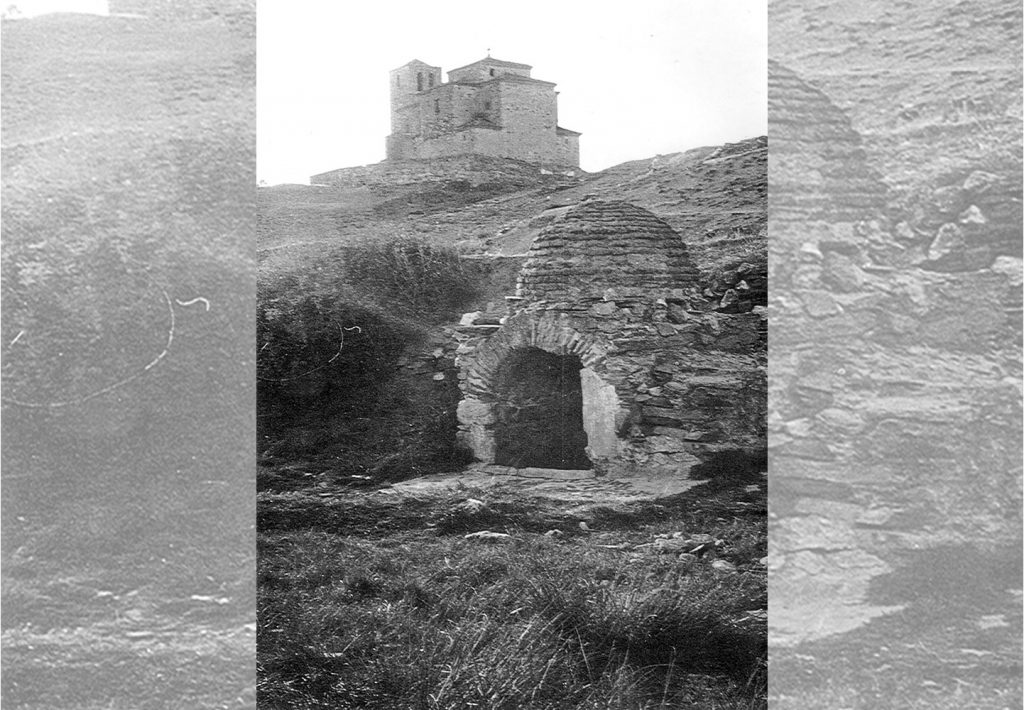
After the reading of Kiko’s testimony, the blessing of the restored church and the celebration of the Eucharist took place. In his homily, the Bishop also wanted to emphasize that the recovery of this place is a “miracle” of God who does great things in us, highlighting the symbolic importance of the reconstruction of the church as a sign of the Church’s mission to proclaim Christ: “This building – he said – exemplifies what Kiko Argüello wanted to do and what the Church has been doing since its origins, that is, evangelizing, catechizing, sending those who have faith into the world to continue the one and definitive mission of Christ”. He then wished Kiko to continue to have the “courage with which he has evangelized so many people through the Way, a Way that is bearing much fruit for the Church”. Precisely the reconstruction of this church is “another fruit of the Neocatechumenal Way”.
A dream – a vision
Kiko’s testimony and the blessing of the church of Fuentes after the reconstruction work make us remember from this abandoned place the genesis of some events that are essential for the history of the Way and that had their origin here in Fuentes: the Easter Vigil, lived according to the rediscovery of the Second Vatican Council, and the form of mission with itinerant teams.
In another account/testimony of Kiko, he added some details that we think it is important to remember as a complement to what was said above. In his journey of faith, Kiko had the intuition that Christ was present in the suffering of the “last of the earth”. Following in the footsteps of St. Charles de Foucauld, in 1964 he decided to go and live among the poorest, in a shantytown in Palomeras Altas, on the outskirts of Madrid, where he met Carmen Hernández, thus initiating a new form of preaching that soon led to the formation of a Christian community.
Kiko recalls:
“In the shantytown there was a Vicenta (a volunteer who went to help the people in the shantytown) and one day I told her: “Look, before you came, we never hit each other, and we have always been in communion; since you have come, there is a mess here…”. And she got angry and decided to leave. She was from Segovia and then one day I thought of going to look for her to ask her forgiveness. I went to her town, Carbonero el Mayor, and as I didn’t have her address, I asked for her and they told me she was in the orchards.
I quietly started walking through the Castilian plateau, a desert; the Castilian plateau is wonderful, it looks like the Russian steppe. The day was cloudy and suddenly a ray of light opened up and hit Fuentes. It turns out that the stones of that town are made of mica, they shine; and suddenly everything was illuminated and I was very impressed. The church in the middle of that steppe was a true apparition…
In 1967 we celebrated the Easter Vigil in the church of Fuentes with the brothers of Palomeras and those of the first parish of Madrid.
In 1969, I asked D. Francesco Cuppini – the first priest who accompanied Carmen and me – to come with me to spend Holy Week. We went there and we had no light, but there was an old candle and we lit it. We ordered a lamb from the next town to eat at Easter dinner at dawn. We celebrated the Easter Vigil without light; Francesco Cuppini presided.
The first itinerants’ meeting was also held in Fuentes and from there the first teams left for evangelization in America”.
Kiko was very impressed by the “ray of light” that illuminated the mica stones, which gave a new vision to the whole area, with an abandoned church. This vision reminds us of another church, another word and another dream in the life of St. Francis of Assisi.
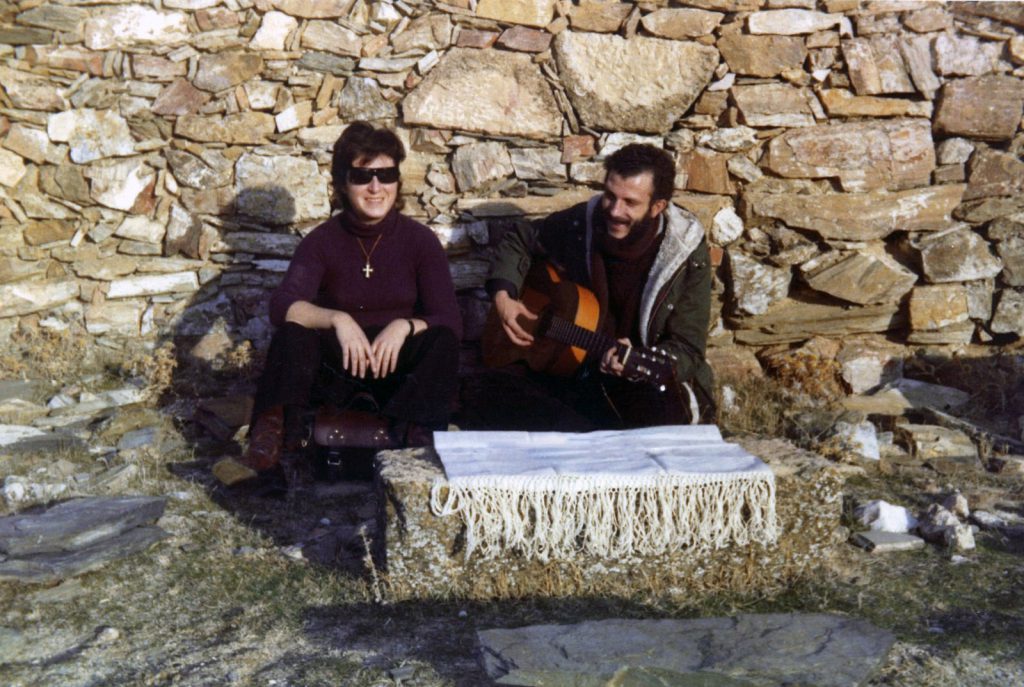
In the life of St. Francis of Assisi there are two very interesting facts and, let us say, so very close to us. It is said that while he was near the church of San Damiano, a small building in ruins not far from Assisi, he went to pray and during the prayer, while his eyes were fixed on the Cross of the Lord, he heard a voice saying to him: “Francis, go and repair my church which, as you see, is in ruins”. St. Francis immediately set to work to repair the church, but he soon understood that the Lord’s call went much further. In the “Major Legend”, the life of St. Francis written by St. Bonaventure, the dream of Pope Innocent III is told – admirably painted by Giotto in the Basilica of Assisi – in which he saw the Basilica of St. John Lateran, which was about to collapse and which was supported by a friar…We all know the work that God has done in the Church through the Franciscan reform, and not only in the Church of that time but up to the present day.
The reconstruction of the church of Fuentes creates a striking parallel between the situation of the Church in the 12th century and the situation today. Certainly, without having any presumption, we know that they are two very different histories and two very different facts: there is consolidated history there, here it is still a “vision”, but it is enough to open our eyes a little to see how God carries history forward: Christian initiation, begun by Kiko and Carmen, in the light of Vatican Council II and following in its footsteps, opened in 135 countries on five continents, is something that can really be decisive for the Church of our days.
At the center, at the heart of this Way is the rediscovery of Easter, of the Easter Vigil, which Pope Francis himself, during his “ad limina” visit to the bishops of Santo Domingo, recognized as a merit of the Neocatechumenal Way. And this Vigil had its birth here, in Fuentes. In fact, Kiko and Carmen ventured to celebrate with that first community born among the poor of the shantytowns both the Easter of the year 1967 – during the whole night – and then, the Easter Triduum of the year 1969. Easter has also been fundamental in the formation of the Neocatechumenal itinerary, to give strength and impulse to the first years of the Way. With the beauty and grace of the Easter Triduum and the Vigil, the transmission of the faith to the families that were forming the communities was based.
A few years later, from August 1 to 20, 1969 – after the beginning of the Way in Italy – Kiko and Carmen gathered the first born of these evangelizations here in Fuentes for a convivence, and it is here that the first team of itinerant missionaries was formed and left for Colombia.


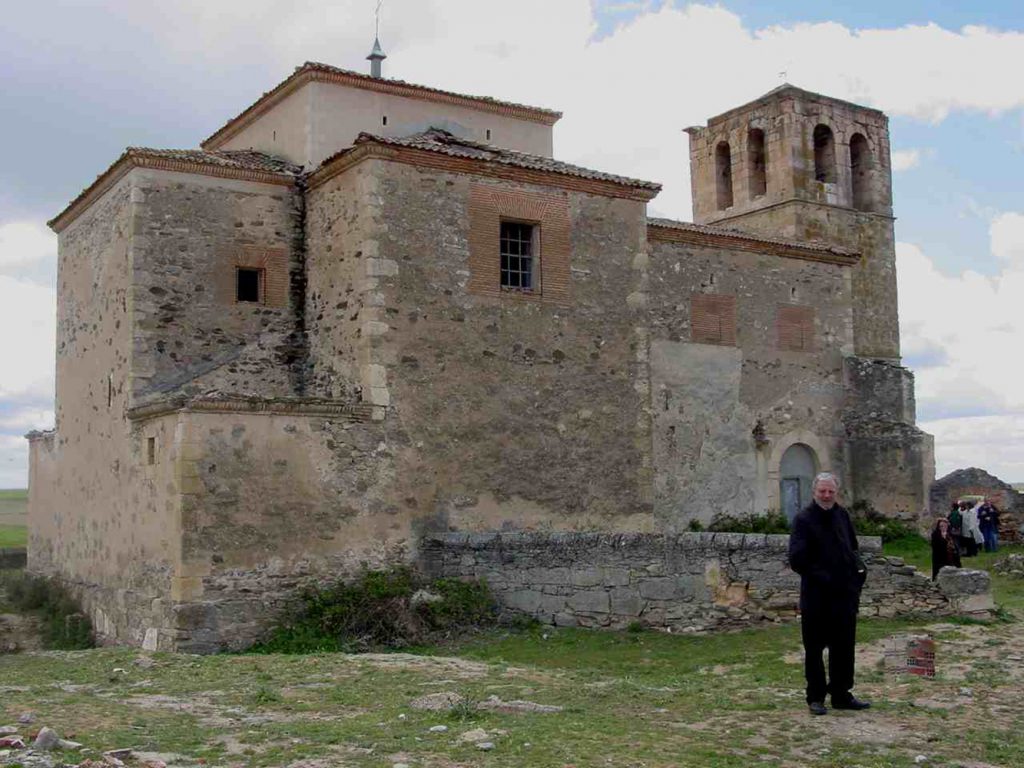
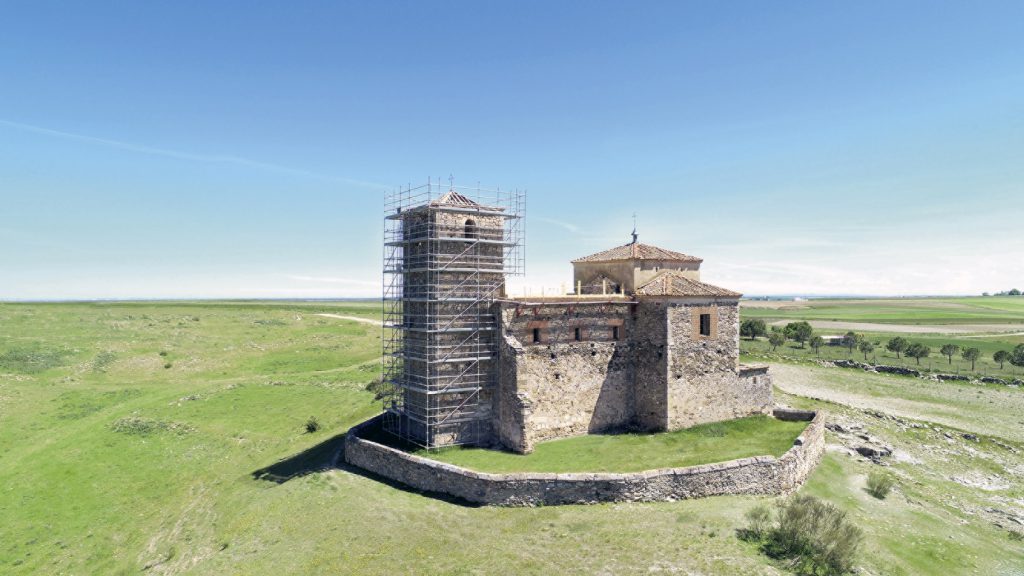
Rebuilding this church of Fuentes – so important for Kiko, as he recalled in his greeting – is like remembering these almost 60 years of history of the Way: a necessary thanksgiving to God who from the shantytown and from Fuentes has launched the life of Kiko and Carmen and that of the first itinerants on an adventure that has seen this “ray of light” carried to the five continents and illuminated with these “mica stones” to become signs of hope in today’s world for thousands and thousands of people.
Ezechiele Pasotti Second roof
